Major Mitchell’s Cockatoo Eggs
$65.00
Descrption
Major Mitchell’s Cockatoo Eggs are of the 21 species of parrots belonging to the family Cacatuidae, the only family in the superfamily Cacatuoidea. Along with the Psittacoidea (true parrots) and the Strigopoidea (large New Zealand parrots), they make up the order Psittaciformes. The family has a mainly Australasian distribution, ranging from the Philippines and the eastern Indonesian islands of Wallacea to New Guinea, the Solomon Islands and Australia.
Genera and species
There are about 44 different birds in the cockatoo family Cacatuidae including recognized subspecies. The current subdivision of this family is as indicated on our website.
Behaviour
Cockatoos are diurnal and require daylight to find their food. They are not early risers, instead waiting until the sun has warmed their roosting sites before feeding. All species are generally highly social and roost, forage and travel in colourful and noisy flocks. These vary in size depending on availability of food; in times of plenty, flocks are small and number a hundred birds or less, while in droughts or other times of adversity, they may swell up to contain thousands or even tens of thousands of birds; one record from the Kimberley noted a flock of 32,000 little corellas.
Breeding
Cockatoos are monogamous breeders, with pair bonds that can last many years. Many birds pair up in flocks before they reach sexual maturity and delay breeding for a year at least. Females breed for the first time anywhere from three to seven years of age and males are often older.
Diet and feeding
Cockatoos are versatile feeders and consume a range of mainly vegetable food items. Seeds form a large part of the diet of all species; these are opened with their large and powerful bills. The galahs, corellas and some of the black cockatoos feed primarily on the ground; others feed mostly in trees.
Social learning
Cockatoos have been shown to learn new skills through social interaction. In New South Wales, researchers and citizen scientists were able to track the spread of lid-flipping skills as cockatoos learned from each other to open garbage bins.
Description
Major Mitchell’s Cockatoo Eggs: A Comprehensive Guide
Introduction
The Major Mitchell’s Cockatoo (Lophochroa leadbeateri), also known as the Pink Cockatoo, is one of the most beautiful and sought-after cockatoos in the world. Known for its strikingly beautiful plumage and gentle nature, this bird is a favorite among avian enthusiasts. One of the key aspects of breeding these magnificent birds is understanding the intricacies of their eggs. In this article, we will delve deep into everything you need to know about Major Mitchell’s Cockatoo eggs, from their appearance to their incubation, and everything in between.
Understanding the Major Mitchell’s Cockatoo
Before we dive into the specifics of the eggs, it’s important to have a clear understanding of the Major Mitchell’s Cockatoo itself. This species is native to the arid and semi-arid regions of Australia, where it thrives in the wild. The bird is medium-sized, typically measuring about 36-40 cm in length, with a wingspan of approximately 75-80 cm. Its most distinguishing feature is its vibrant pink and white plumage, with a prominent crest that displays a mix of red, yellow, and white when raised.
Appearance of Major Mitchell’s Cockatoo Eggs
Major Mitchell’s Cockatoo eggs are as unique as the birds themselves. These eggs are typically white and have a smooth texture. They are elliptical in shape, measuring around 34-36 mm in length and 25-27 mm in width. The eggshell is relatively thick, which offers protection to the developing embryo inside. The white color of the eggs is typical of most cockatoo species, making them easily identifiable.
Clutch Size and Laying Patterns
A female Major Mitchell’s Cockatoo usually lays two to three eggs per clutch. However, in some cases, the clutch may consist of just one egg, or in rare cases, four. The eggs are laid every other day, which means that if a female lays three eggs, it will take approximately six days for her to complete the clutch. The laying typically occurs in the early hours of the morning.
Nesting Habits
In the wild, Major Mitchell’s Cockatoos prefer to nest in tree hollows. These hollows are usually found in large eucalyptus trees, where the female can safely lay and incubate her eggs. The entrance to the hollow is often small, providing protection from potential predators. Inside the hollow, the nest is lined with wood chips or other soft materials to provide a comfortable and secure environment for the eggs.
Incubation Period
The incubation of Major Mitchell’s Cockatoo eggs is primarily the responsibility of the female, although the male may assist occasionally. The incubation period typically lasts for 25-30 days. During this time, the female will remain in the nest, keeping the eggs warm and turning them regularly to ensure even development.
Temperature and Humidity Requirements
Maintaining the right temperature and humidity is crucial during the incubation period. The ideal temperature for incubating Major Mitchell’s Cockatoo eggs is between 36.5°C and 37.0°C. Humidity levels should be kept at around 50-55%. It is important to monitor these conditions closely, as fluctuations can negatively impact the development of the embryo.
Candling the Eggs
Around the 7th to 10th day of incubation, it is recommended to candle the eggs to check for signs of fertility and development. Candling is the process of shining a light through the eggshell to observe the embryo inside. Healthy, fertile eggs will show visible veins and a developing embryo, while infertile eggs will appear clear.
Hatching Process
As the incubation period comes to an end, the chicks inside the eggs will begin the hatching process. This process can take anywhere from 24 to 48 hours. The chick uses a specialized egg tooth, a small, sharp projection on the tip of its beak, to break through the eggshell. This is known as “pipping.”
Assisting in the Hatch
In most cases, it is best to allow the chick to hatch on its own. However, if the chick is struggling and taking too long, it may be necessary to provide some assistance. This should be done with extreme caution to avoid causing injury to the chick. If you are inexperienced in assisting with hatching, it is recommended to consult an avian veterinarian or an experienced breeder.
Care for Hatchlings
Once the chicks have hatched, they are altricial, meaning they are born blind, featherless, and entirely dependent on their parents for care. The parents will feed the chicks a nutrient-rich diet consisting primarily of regurgitated food. It is essential to provide the parent birds with a balanced diet during this time to ensure the chicks receive the necessary nutrients for healthy growth.
Hand-Feeding Chicks
In some cases, breeders may choose to hand-feed the chicks. This can be done to ensure the chicks are tame and used to human interaction. Hand-feeding should be done with a specialized formula designed for cockatoos and must be done at regular intervals, starting every two hours during the first few weeks. The formula should be warmed to approximately 38°C before feeding.
Common Challenges and Tips for Success
Breeding Major Mitchell’s Cockatoo Eggs and raising their chicks is not without its challenges. Here are some common issues and tips for success:
Infertility
Infertility can be a common issue with Major Mitchell’s Cockatoo eggs. This can be due to a variety of factors, including the age of the birds, poor diet, or improper nesting conditions. Regular candling and monitoring of the eggs can help identify infertility early on.
Egg Binding
Egg binding is a serious condition where the female is unable to lay her egg. This can be life-threatening and requires immediate veterinary attention. Ensuring the female is in good health and has access to a calcium-rich diet can help prevent this condition.
Parental Neglect
In some cases, the parent birds may neglect their eggs or chicks. This can happen due to inexperience, stress, or poor health. If this occurs, the eggs may need to be incubated artificially, and the chicks may require hand-feeding.
Diet and Nutrition
Providing a balanced and nutrient-rich diet is essential for both the parent birds and the chicks. A diet consisting of fresh fruits, vegetables, high-quality pellets, and seeds will help ensure the health and vitality of the birds.
Major Mitchell’s Cockatoo Eggs
How do you hatch cockatoo eggs?
Incubate the eggs in an incubator designed for parrot or exotic bird eggs. The incubator you use should have accurate temperature control within one-tenth of one degree, and ideally a system for humidity control. Maintain the temperature at 99.3 degrees F, and the humidity at 40 to 50 percent.

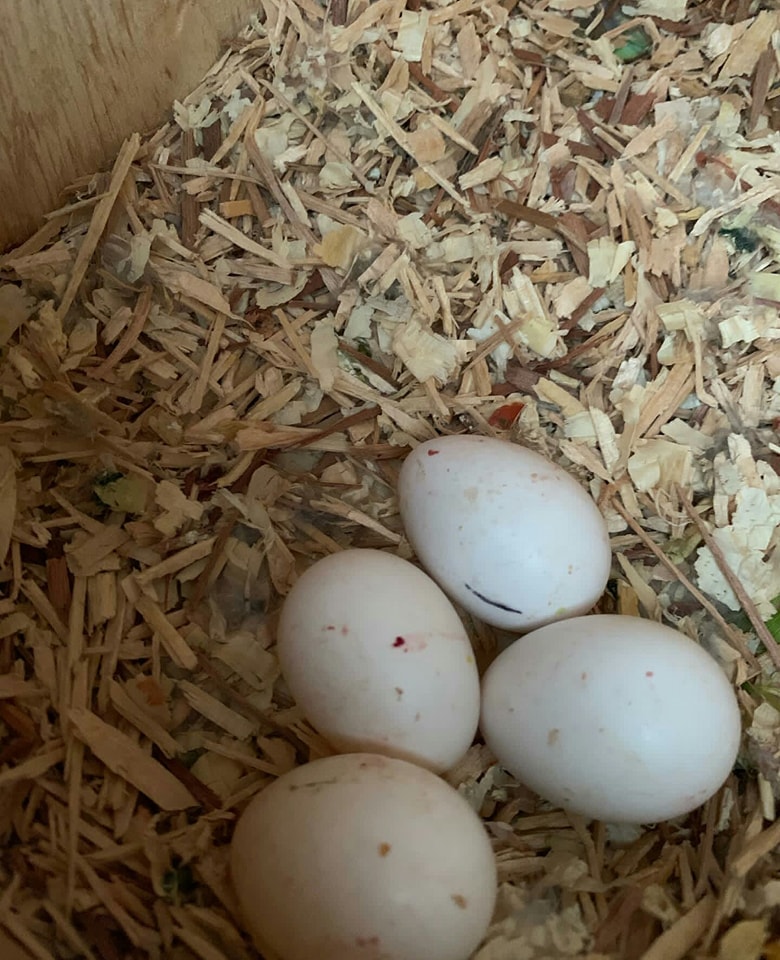
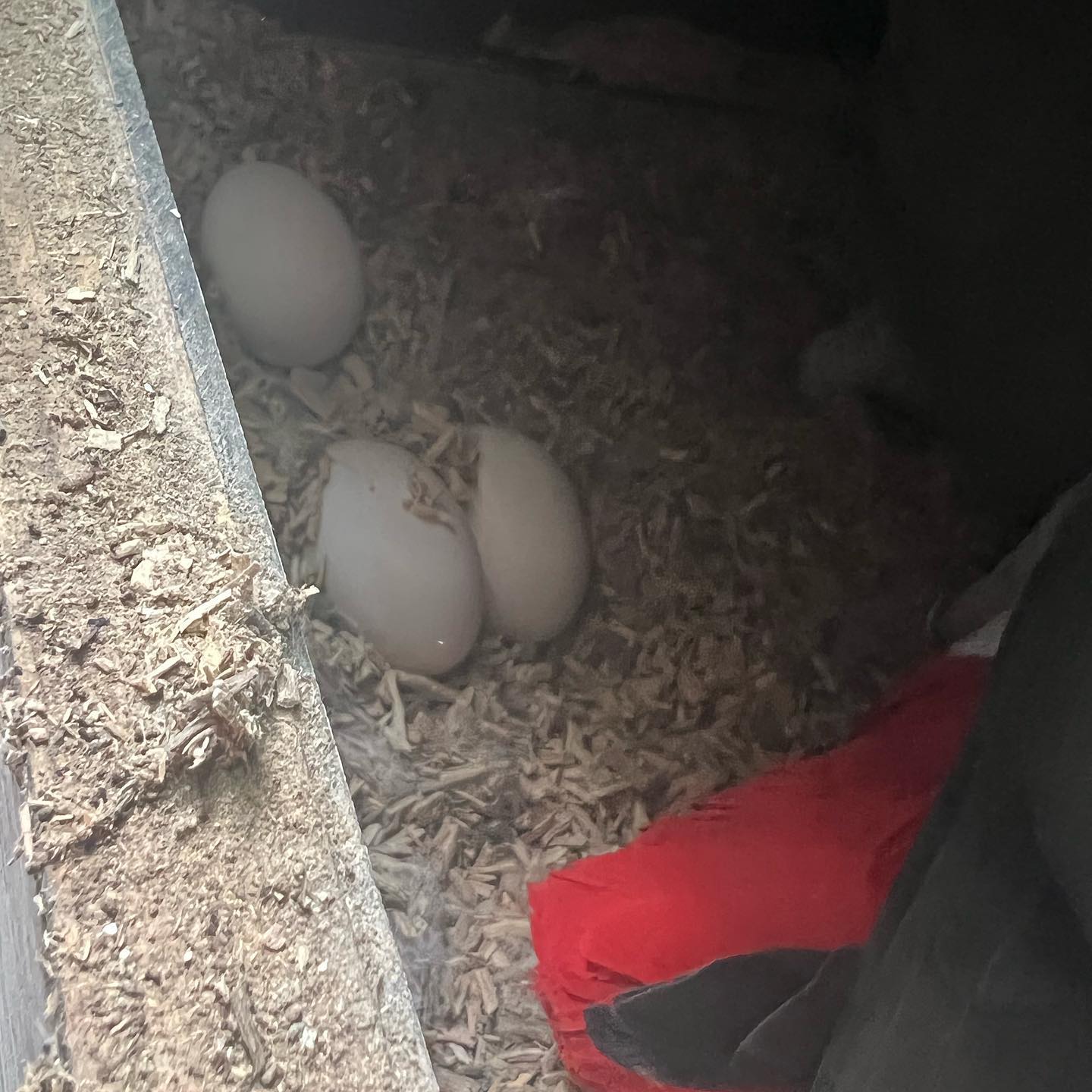
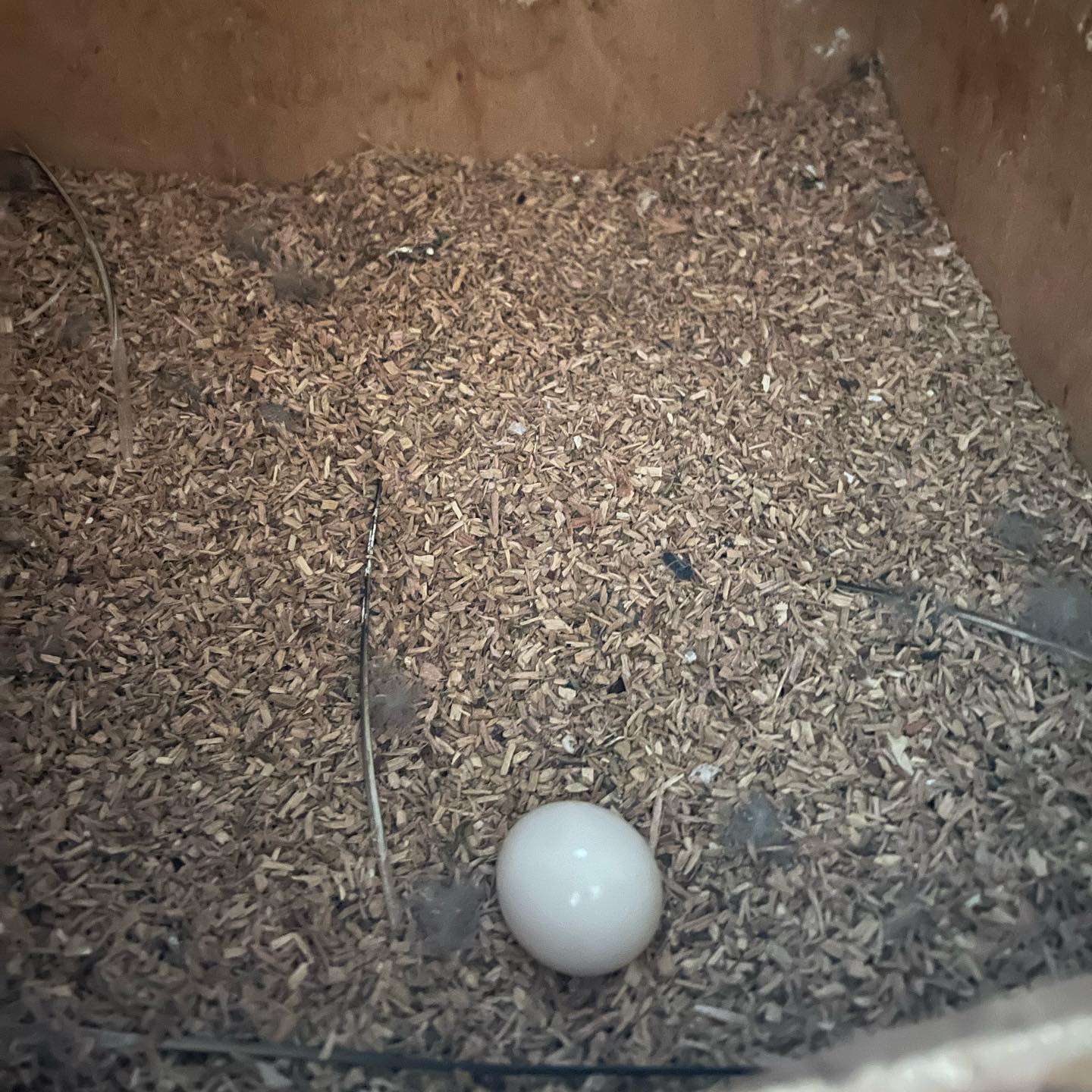
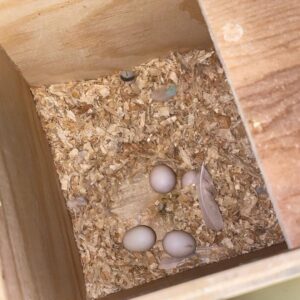
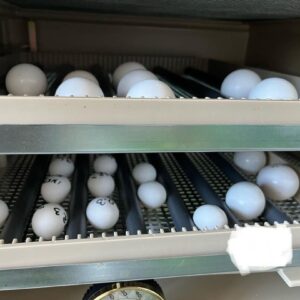

Reviews
There are no reviews yet.